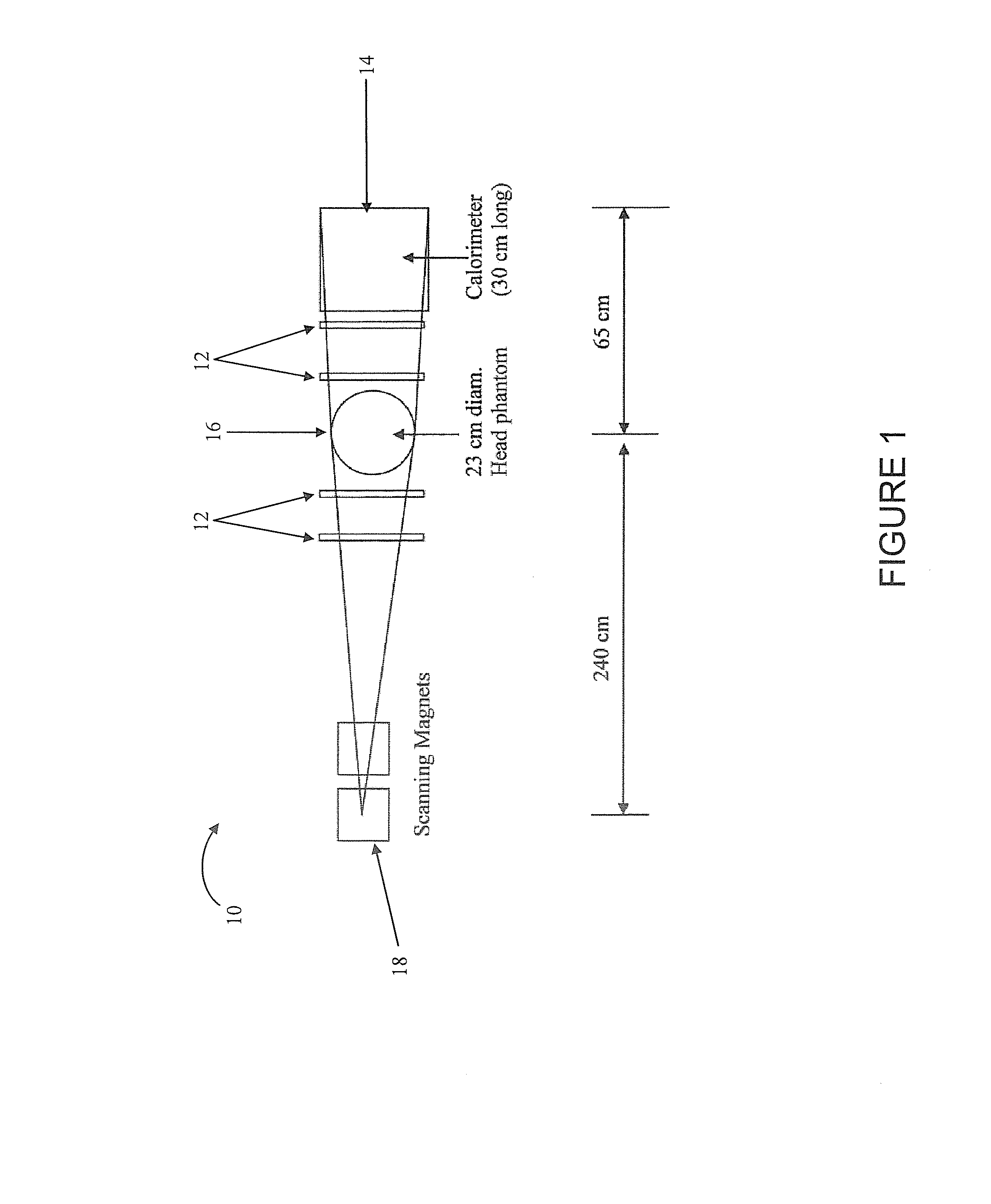High performance computing for three dimensional proton computed tomography (hpc-pct)
a computed tomography and high-performance technology, applied in the field of three-dimensional computing, can solve the problems of complex algorithms that produce images from proton trace histories, and involve many stages
- Summary
- Abstract
- Description
- Claims
- Application Information
AI Technical Summary
Benefits of technology
Problems solved by technology
Method used
Image
Examples
example 1
Memory and CPU Count Estimate for Block Methods March 2010
[0044]1 The Approach
[0045]Our proposed solution to implement string averaging methods is to use MPI with set of worker processes where one worker is designated as the foreman. The foreman reads the proton histories and distributes them evenly across all the workers, saving an equal share for himself. From their portion of the histories each worker computes (one time only) IED and MLP and initializes their solution vector which represents the entire voxel space (i.e., each worker has its own copy of the entire solution).
[0046]The program then enters an iteration loop in which:[0047]1. Each worker uses their IED and MLP to modify their copy of the solution. This is an iterative process with its own stopping criterion.[0048]2. Each worker that is not the foreman sends their copy of the solution to the foreman.[0049]3. The foreman collects and combines with his own the solution vectors from all the other workers and tests combine...
PUM
 Login to View More
Login to View More Abstract
Description
Claims
Application Information
 Login to View More
Login to View More - R&D
- Intellectual Property
- Life Sciences
- Materials
- Tech Scout
- Unparalleled Data Quality
- Higher Quality Content
- 60% Fewer Hallucinations
Browse by: Latest US Patents, China's latest patents, Technical Efficacy Thesaurus, Application Domain, Technology Topic, Popular Technical Reports.
© 2025 PatSnap. All rights reserved.Legal|Privacy policy|Modern Slavery Act Transparency Statement|Sitemap|About US| Contact US: help@patsnap.com



